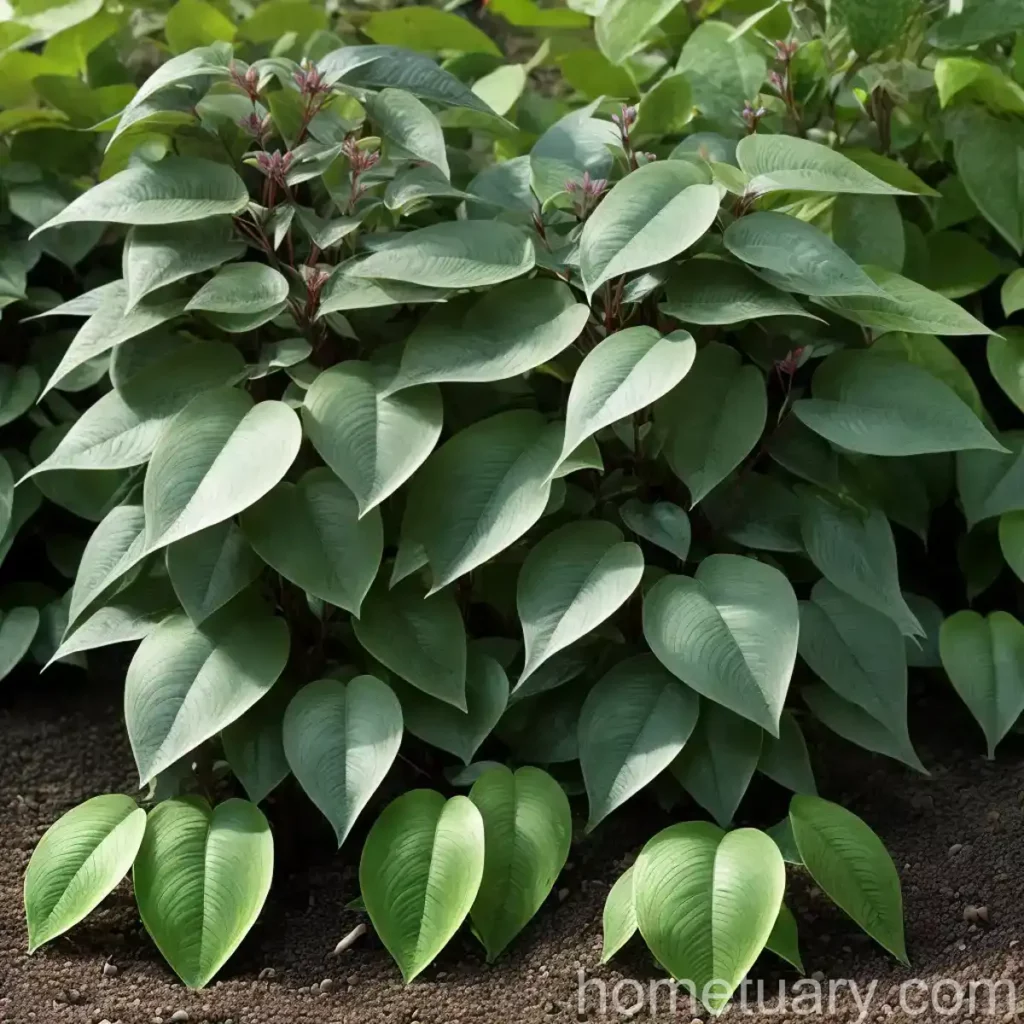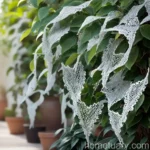Japanese Knotweed (Fallopia japonica var. compacta)
Introduction
Japanese knotweed, scientifically known as Fallopia japonica var. compacta, is a vigorous, invasive perennial plant that belongs to the buckwheat family, Polygonaceae. Originating from East Asia, this plant has made a substantial impact globally, particularly in North America and Europe, where it is considered an invasive species. In this comprehensive guide, we will delve into the various aspects of Japanese knotweed, from its cultural requirements and uses to its management strategies and the impacts it has on different ecosystems.
Key Takeaways
Before we dive deeper into the world of Japanese knotweed, here are some key takeaways:
- Scientific Name: Fallopia japonica var. compacta
- Family: Polygonaceae
- Native to: East Asia
- Common Names: Japanese knotweed, compact Japanese knotweed, fleeceflower
- Invasive Status: Highly invasive in various regions
- Key Concerns: Aggressive growth and vigorous spread
- Management Challenges: Control and eradication due to its resilience and tenacity
What is Japanese Knotweed?
Japanese knotweed is a herbaceous perennial plant with hollow, bamboo-like stems that can grow up to 10 feet tall. It features broad, heart-shaped leaves arranged alternately along the stems and clusters of small, creamy white flowers in late summer and early fall. The plant’s rhizomes, which are underground stems, can extend horizontally and vertically, making it incredibly challenging to control once established.
Its name “knotweed” stems from the knot-like swellings on the stems. While Japanese knotweed is renowned for its ornamental qualities, it is its aggressive growth and invasive nature that has led to significant concerns among gardeners, land managers, and conservationists.
Culture
Uses
Japanese knotweed has traditionally been used in various cultures, particularly in East Asia, for its medicinal properties. In Japan and China, the plant’s young shoots are consumed as a vegetable, and it is also used in traditional herbal medicine for its purported health benefits. However, its invasive nature in non-native ecosystems has overshadowed its potential uses, leading to widespread efforts to control and manage its spread.
Growing Conditions
Water
Japanese knotweed is highly adaptable and can thrive in a wide range of soil moisture levels. While it can tolerate periods of drought, it generally prefers moist, well-drained soils. However, it can also survive in poorly drained soils, making it a versatile and resilient plant in various environmental conditions.
Sunlight
As a sun-loving plant, Japanese knotweed thrives in full sun to partial shade. While it can tolerate some shade, it exhibits its most vigorous growth in full sunlight, further contributing to its invasive potential.
Fertilizer
Given its robust growth and adaptability, Japanese knotweed does not typically require additional fertilization in most environments. In fact, the application of fertilizers may inadvertently promote its aggressive spread in natural and disturbed ecosystems.
Soil
Japanese knotweed can thrive in a wide range of soil types, from sandy to clay soils. It is commonly found in disturbed areas, such as roadsides, riverbanks, and construction sites, where it demonstrates its ability to colonize and dominate the landscape rapidly. Despite its adaptability, it prefers soils with adequate moisture and nutrient availability.
Pruning
Pruning Japanese knotweed is a critical aspect of its management, particularly in landscaping and gardening settings. Regular pruning can help prevent the plant from spreading and becoming overwhelming, especially in smaller garden spaces. However, it is essential to exercise caution when pruning to avoid the unintentional spread of rhizome fragments, which can lead to new plant growth.
Propagation
Japanese knotweed primarily spreads through its extensive rhizome network, allowing it to establish new plants even from small fragments of rhizomes. Human activities, such as soil disturbance during construction and landscaping, can inadvertently facilitate its spread, making it a challenge to contain once established.
Container Popularity
While Japanese knotweed is widely regarded as an invasive species that should be eradicated from natural and cultivated landscapes, it is not commonly cultivated in containers due to its aggressive growth habit and potential to escape cultivation. However, some individuals may attempt to grow it in controlled environments for research or educational purposes under strict containment measures.
Common Diseases
Japanese knotweed is known for its resilience and resistance to many pests and diseases, contributing to its capacity to thrive and spread rapidly in various environments. While it may encounter some fungal and bacterial challenges, its overall vigor allows it to outcompete other plants and dominate the areas it invades.
Disease Diagnosis
Diagnosing diseases in Japanese knotweed is not a common concern due to its natural robustness and lack of significant disease susceptibility. However, in cases where the plant exhibits symptoms of disease or stress, professional diagnosis and management strategies may be necessary to maintain its health and prevent the potential spread of any underlying issues to nearby vegetation.
Common Pests
Japanese knotweed’s vigorous growth and resilience to diseases extend to its ability to withstand pest pressures. While it may encounter some herbivorous insects and potential browsing by wildlife, its overall hardiness limits the impact of pests on its population dynamics.
Botanist’s Tips
As botanists and horticultural professionals continue to study and understand the complexities of Japanese knotweed, several key tips emerge for effectively managing and controlling its growth:
- Early Detection: Identifying Japanese knotweed in its early stages of growth can significantly aid in effective control measures, preventing its establishment and spread in new areas.
- Rhizome Management: Given the plant’s extensive rhizome network, careful and thorough management of rhizome fragments is crucial to prevent the regeneration of new plants from spread fragments.
- Cultural Practices: Employing cultural practices, such as regular mowing, to prevent the plant from flowering and producing seeds can aid in limiting its establishment and spread in both natural and cultivated environments.
Fun Facts
Japanese knotweed, despite its invasive status, has several interesting and unique characteristics that make it a subject of fascination for botanists and nature enthusiasts:
- Fast Growth: Japanese knotweed is known for its rapid growth, with reported growth rates of up to 20 centimeters per day under ideal conditions.
- Edible Shoots: In its native range, young Japanese knotweed shoots are harvested and consumed as a delicacy with purported health benefits in traditional cuisines and herbal medicine.
- Structural Integrity: The plant’s hollow stems, reminiscent of bamboo, and its vigorous growth have garnered it attention for potential structural and industrial uses, although its invasive nature limits its utilization in such applications.
Links to External Resources
To further explore Japanese knotweed and its management strategies, as well as its ecological impacts, the following resources provide valuable insights:
- Managing Japanese Knotweed – Royal Horticultural Society
- Invasive Plant Atlas – Japanese Knotweed
- Controlling Japanese Knotweed – US Forest Service
- Japanese Knotweed: A Resource for Identifying and Managing This Invasive Plant – PennState Extension
- Fallopia japonica var. compacta Eradication Methods – Invasive Species Compendium
Japanese knotweed, with its notable invasive traits and cultural significance, remains a subject of intricate study and management within the field of botany and horticulture. Understanding its ecological impacts and implementing effective control measures are essential steps in mitigating its spread and safeguarding diverse ecosystems around the world.















